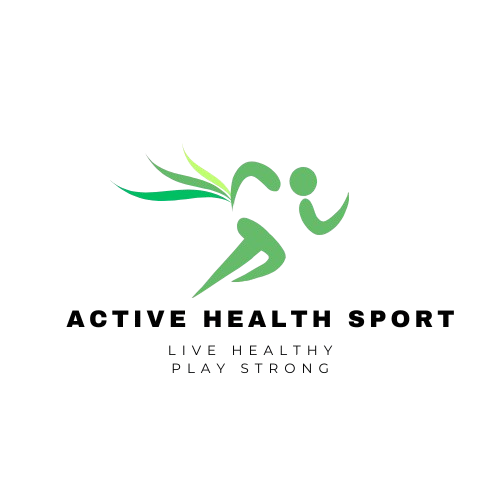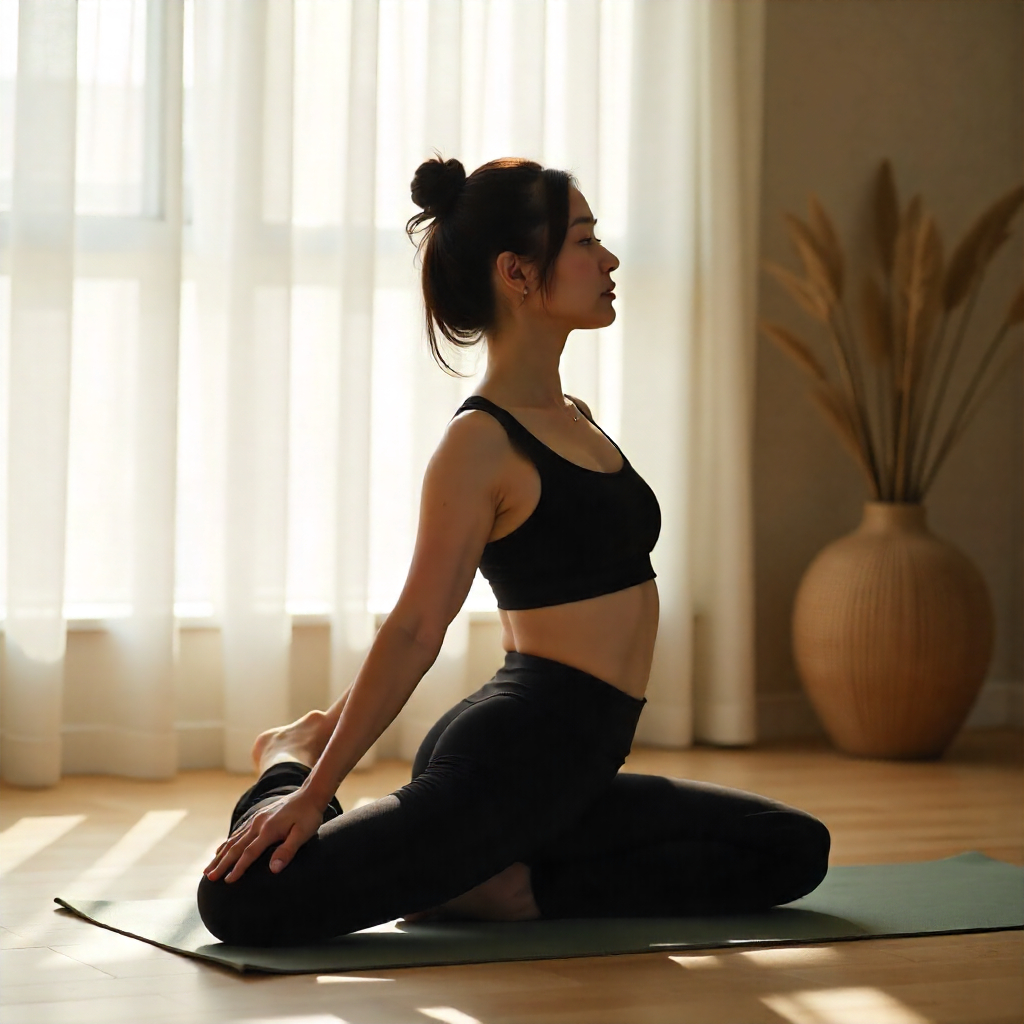Picture this: hours at your desk, hunched over a laptop, followed by more time scrolling on your phone. It’s no surprise that stiff necks, sore shoulders, and fidgety legs have become the new normal for so many of us.
The solution doesn’t always require a yoga studio, a mat, or even a big-time commitment. A growing wellness trend known as micro-stretching offers a science-backed way to restore mobility, calm the mind, and energize the body within minutes.
Micro-stretching combines short, intentional stretches with mindful awareness. Unlike traditional yoga sessions or long workout routines, these stretches can be performed almost anywhere: at your desk, in the kitchen while waiting for your coffee, or even during a quick break on public transport. The goal isn’t about sweating or pushing flexibility to the limit, it’s about resetting the nervous system, improving circulation, and re-centering your focus.
Let’s explore five simple yet powerful mindful micro-stretching techniques that anyone can try. Each takes less than two minutes, yet the benefits can last for hours.
1. The Neck Release with Breath Awareness
The neck holds enormous tension, especially when we look down at screens for extended periods. The mindful neck release combines gentle movement with slow breathing. Sit upright, relax your shoulders, and slowly tilt your head to the right while inhaling deeply through the nose. Hold for two breaths, noticing how the muscles soften with each exhale. Switch to the other side and repeat.
This exercise works best when you focus not only on the physical stretch but also on the sensation of your breath. By pairing mindful awareness with movement, the stretch helps reduce stress hormones and promotes relaxation.
2. Shoulder Rolls with Gratitude Pause
Shoulder tightness is a universal issue. A quick fix is shoulder rolls, but here, we pair them with a gratitude pause for mental well-being. Sit or stand tall, lift your shoulders toward your ears, roll them backward in a circular motion, and then let them drop down. Repeat this five times slowly. Then, pause and bring attention to one thing you feel grateful for in that moment.
The physical release of the shoulders, combined with a positive mental focus, interrupts the cycle of tension and stress. Research shows that gratitude practices can lower blood pressure and improve heart health, making this more than just a stretch, it’s a peaceful reset.
3. Seated Spinal Twist for Clarity
Spinal mobility is often neglected, yet it’s essential for posture and overall health. To perform this micro-stretch, sit tall in your chair with feet flat on the ground. Place your right hand on the back of your chair and your left hand on your thigh. Inhale to lengthen your spine, exhale, and gently twist to the right. Hold for three breaths, then repeat on the left side.
What makes this stretch mindful is the mental cue: imagine “wringing out” not only physical tension but also mental clutter. Many people report feeling mentally clearer and more focused after spinal twists, making this an ideal stretch for mid-day fatigue.
4. Calf Lift and Stretch at Your Desk
Our legs often become stiff when sitting for long hours. This simple stretch brings circulation back to the lower body. Sit tall, plant your feet, and slowly lift your heels while keeping your toes grounded. Hold for a breath, then lower. Repeat ten times. For a deeper stretch, stand up, place one foot slightly behind the other, and press your heel down while leaning forward slightly.
Also Read the Latest: 12 Must-Try Yoga Poses for Desk Workers to Counteract Sitting
This micro-stretch improves blood flow, reduces the risk of stiffness, and may even help prevent leg cramps. As you hold the stretch, bring awareness to the sensation in your calves and ankles. This mindful attention strengthens the brain-body connection, which is at the heart of micro-stretching.
5. Wrist and Hand Stretch with Visualization
Typing, texting, and scrolling create constant strain on our wrists and hands. A simple wrist stretch provides instant relief. Extend one arm in front of you, palm up, and gently pull back your fingers with the opposite hand. Hold for two breaths, then switch sides. To add mindfulness, visualize releasing the tension from your fingers all the way up through your arm and shoulder.
This stretch is particularly beneficial for those who type for work. Pairing it with visualization encourages deeper relaxation and helps reset your mental energy for the next task.
Also Read the Latest: How Active vs. Static Stretching Affects Stress and Mood
Why Micro-Stretching Works
The effectiveness of micro-stretching lies in its integration of movement, mindfulness, and accessibility. Instead of setting aside an hour for a yoga session, micro-stretching offers quick and repeatable actions.
Studies in neuroscience highlight that short bouts of mindful movement reduce cortisol levels, enhance focus, and improve circulation. Over time, consistent micro-stretching builds resilience against stress and prevents chronic stiffness.
Unlike exercise routines that focus on performance, micro-stretching is inclusive. People of all ages and fitness levels can adapt these techniques to their environment, whether at home, at work, or while traveling. This universality makes it one of the most practical wellness practices available today.
Making Micro-Stretching a Daily Habit
The best results come when these stretches are woven into daily routines. Habit experts recommend habit-stacking, attaching a new habit to an existing one. For instance, practice the neck release after finishing a phone call, or do shoulder rolls before sending your next email. By linking stretches to regular activities, they become automatic and effortless.
Another strategy is to set mindful reminders. Use a phone alarm or sticky notes that simply say “Breathe & Stretch.” Over time, these reminders cultivate a sense of presence that extends beyond the physical movements.
Long-Term Benefits of Mindful Micro-Stretching
When practiced regularly, mindful micro-stretching goes beyond easing stiffness. It supports:
- Improved posture and spinal health.
- Reduced risk of stress-related tension headaches.
- Enhanced focus and productivity during the day.
- Greater emotional regulation through breath and awareness.
- A stronger connection between body and mind.
What makes these benefits unique is their compounding effect. Just as compound interest grows wealth, consistent micro-stretching accumulates physical and mental resilience over weeks and months.
Also Read: Micro-Workouts in Modern Fitness | A Guide for Busy Americans
FAQs on Mindful Micro-Stretching
What is the difference between yoga and micro-stretching?
Yoga is an ancient practice combining poses, breathwork, and mindfulness, often lasting 20–60 minutes. Micro-stretching focuses on short, gentle stretches under two minutes, done anytime to relieve stiffness and boost focus.
How often should I do micro-stretching?
You can safely micro-stretch multiple times daily. Three to five sessions are enough for posture and focus, but hourly stretches are helpful for those sitting long periods to prevent stiffness, poor circulation, and tension.
Can micro-stretching replace regular exercise?
No, micro-stretching complements but doesn’t replace exercise. It prevents stiffness, improves circulation, and keeps muscles supple, while workouts like cardio and strength training build fitness. Think of it as daily body maintenance, like brushing your teeth.
Is micro-stretching safe for older adults?
Yes, micro-stretching is gentle and safe for older adults. It supports flexibility, circulation, and independence. Seniors with osteoporosis, chronic pain, or recent surgeries should consult healthcare providers before beginning new stretches.
Can micro-stretching improve sleep?
Yes, light stretches before bed reduce cortisol, relax muscles, and activate the parasympathetic system for deeper rest. Simple moves like neck releases, shoulder rolls, and twists paired with breathing help the body wind down naturally.
Do I need any equipment to practice micro-stretching?
No equipment is needed. Micro-stretching can be done at your desk, in a chair, or while standing. Sometimes, a wall, chair, or desk edge may support certain stretches, making it simple and accessible anywhere.
What is the best time of day to practice micro-stretching?
Anytime you feel tension or fatigue is ideal. Morning stretches ease stiffness, daytime breaks improve focus, evening stretches support relaxation, and bedtime routines enhance sleep. There’s no one best time; use it as your body needs.
You might also like the following…
- Why a Digital Detox Before Bed Can Fix Your Sleep Faster
 The Modern Sleep Thief Hiding in Your Hand In a world where we check our phones hundreds of times a day, it’s no surprise our sleep has taken a hit.Most people scroll through… Read more: Why a Digital Detox Before Bed Can Fix Your Sleep Faster
The Modern Sleep Thief Hiding in Your Hand In a world where we check our phones hundreds of times a day, it’s no surprise our sleep has taken a hit.Most people scroll through… Read more: Why a Digital Detox Before Bed Can Fix Your Sleep Faster - How to Align Your Circadian Rhythm for All-Day Energy Gains
 Why You Feel Tired Even After Sleeping Enough Have you ever slept for eight hours and still felt groggy the next morning?The issue might not be how long you sleep, but when you… Read more: How to Align Your Circadian Rhythm for All-Day Energy Gains
Why You Feel Tired Even After Sleeping Enough Have you ever slept for eight hours and still felt groggy the next morning?The issue might not be how long you sleep, but when you… Read more: How to Align Your Circadian Rhythm for All-Day Energy Gains - Electrolytes vs. Water: What Active Adults Must Know
 Beyond Water, The Hidden Key to True Hydration Most adults know the rule, “Drink more water.”But few realize that hydration isn’t just about fluid intake. It’s about electrolyte balance, the invisible electrical system… Read more: Electrolytes vs. Water: What Active Adults Must Know
Beyond Water, The Hidden Key to True Hydration Most adults know the rule, “Drink more water.”But few realize that hydration isn’t just about fluid intake. It’s about electrolyte balance, the invisible electrical system… Read more: Electrolytes vs. Water: What Active Adults Must Know

Kait Amazra is the founder and lead writer of Active Health Sport. With over 25 years of experience in health, fitness, and wellness education, Kait combines professional expertise with a passion for helping people live stronger, healthier, and more balanced lives.
As a licensed health and fitness professional, Kait has worked alongside industry experts to deliver evidence-based insights on physical activity, nutrition, recovery, and holistic well-being. Through Active Health Sport, Kait’s mission is to make trusted, practical, and science-backed health information accessible to everyone, from beginners building new habits to athletes seeking peak performance.

